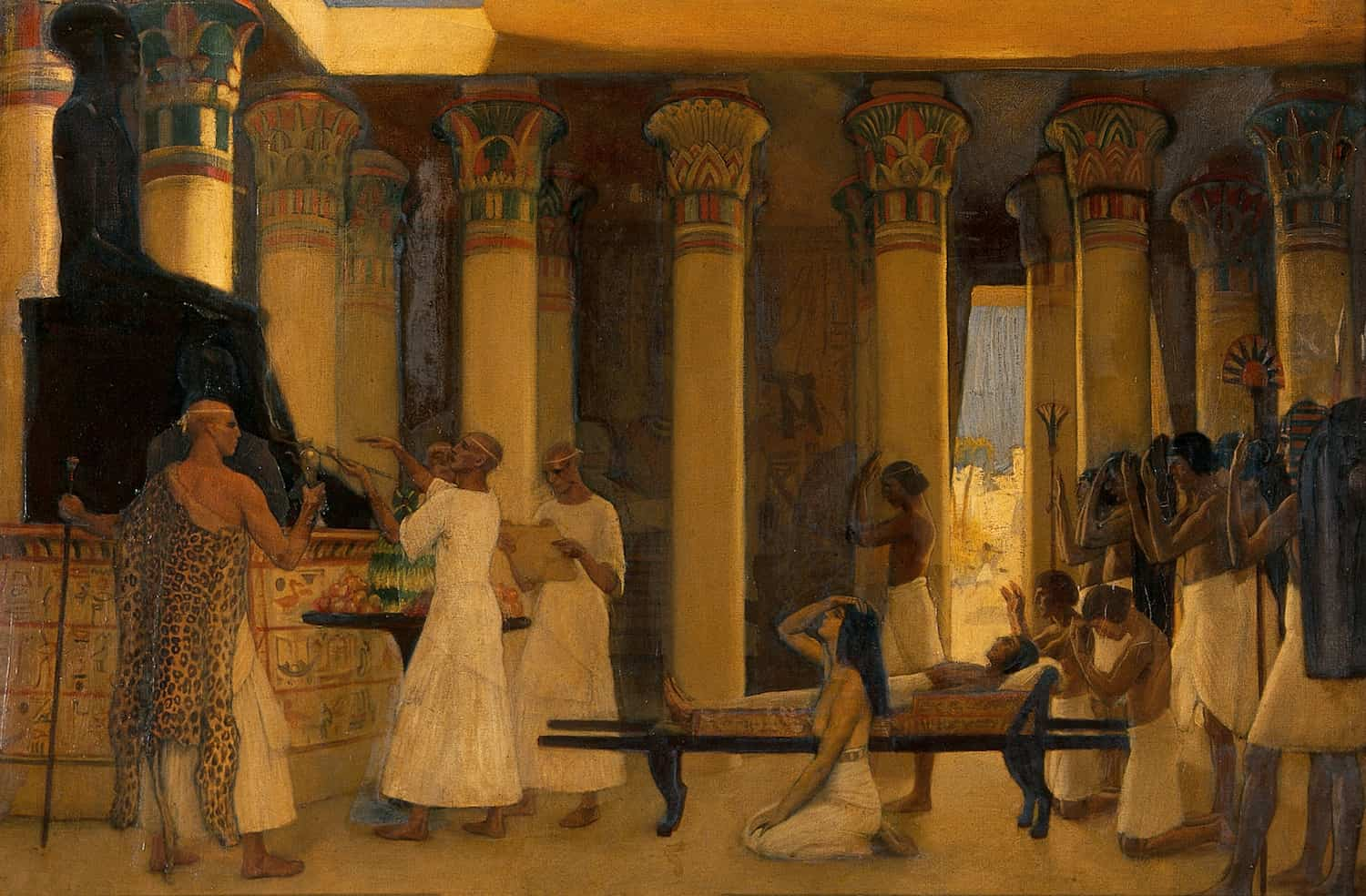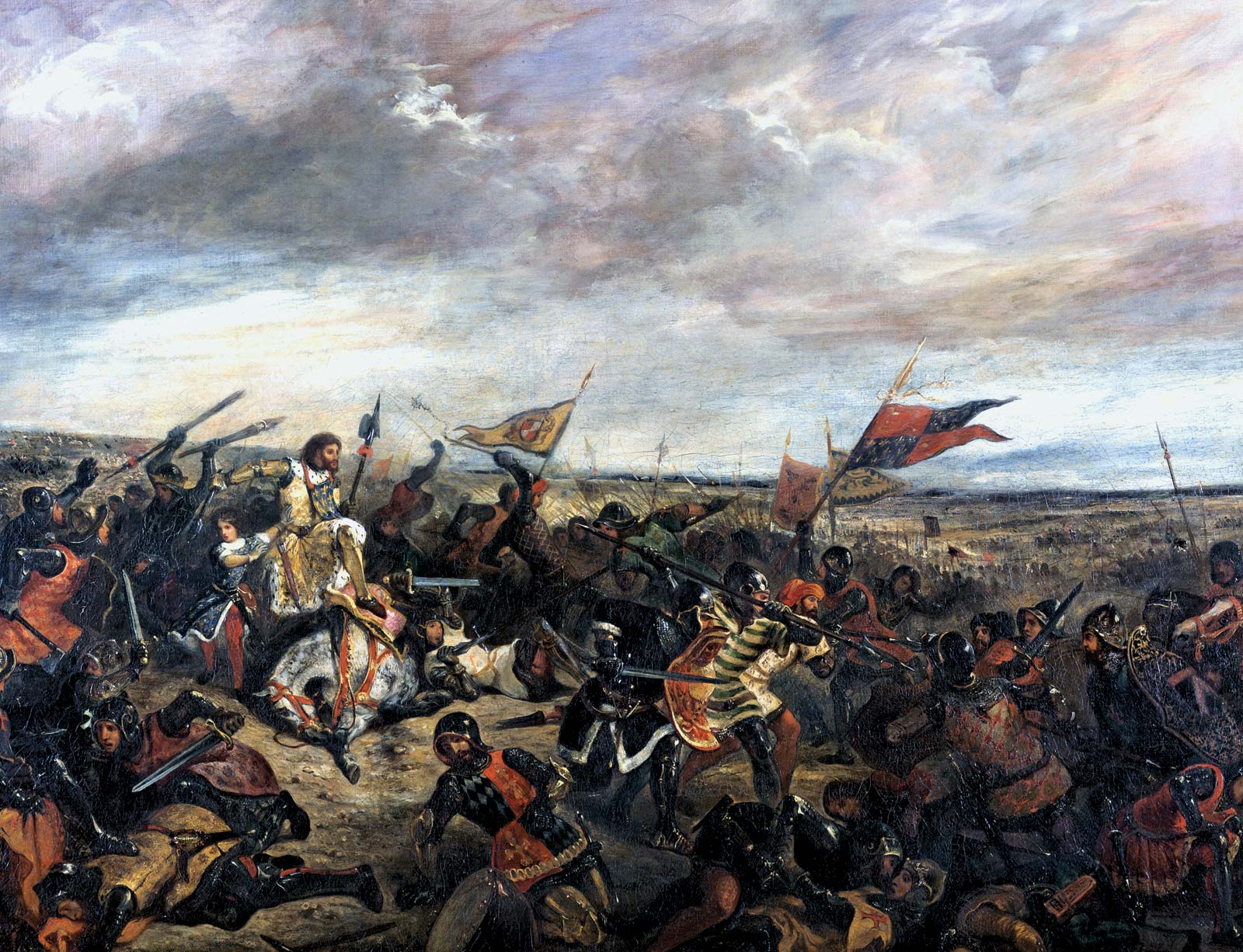Medicine in Ancient Egypt: Practices, Diseases, and Remedies
Medicine in ancient Egypt (from the predynastic period to the beginning of the Hellenistic era) encompassed the knowledge available at the time about human health and diseases, as well as methods of treatment and prevention.






